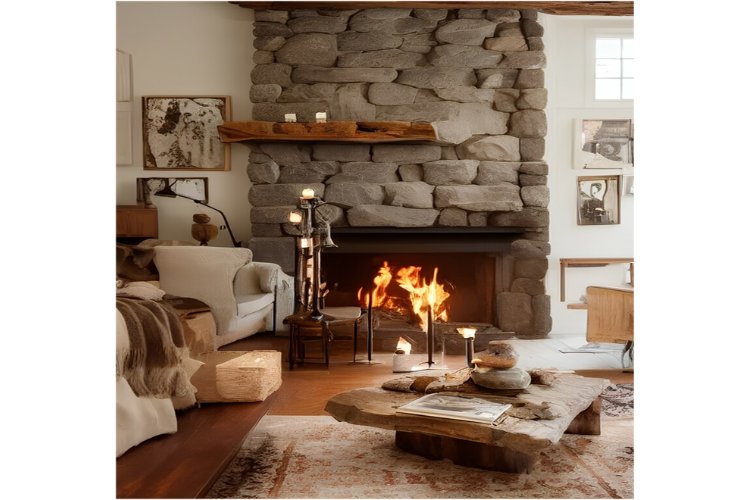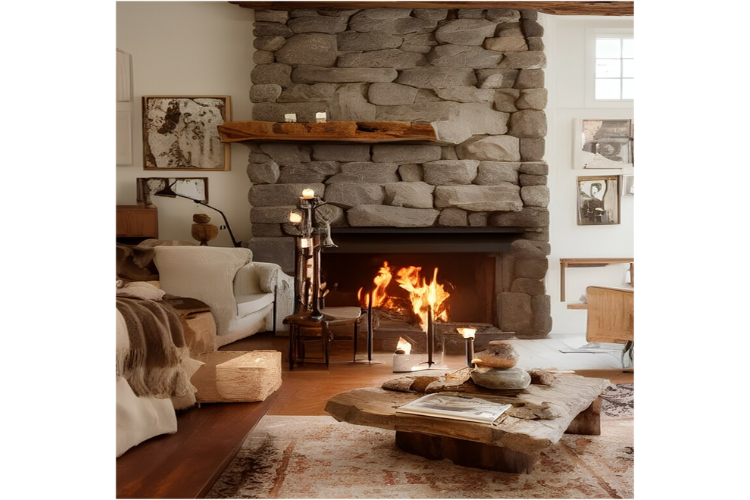DIY winter ready home ideas: Simple ways to Stay Cozy and Save Energy
As winter is approaching, preparing your home for the cold season is essential to ensure comfort, energy efficiency, and lower heating bills. Preparing your home for winter doesn’t have to be overwhelming or expensive, a few DIY tasks can go a long way in keeping your house cozy while preventing costly repairs during the cold months. Taking the time to winterize your home ensures that you stay protected throughout the winter, all while saving the energy bill. So grab your tools and get ready, here’s a step-by-step guide to winterizing your home, making it both comfortable and efficient.
1. Seal Windows and Doors
Check for any gaps around your windows and doors, and apply Gorilla wood glue to seal them. For any cracks around window frames or door trims, use caulk to fill in gaps. Ensure the caulk is rated for exterior use to withstand winter weather. Place draft stoppers at the base of doors, especially for those that lead outside or to unheated spaces like the garage. You can make DIY draft stoppers with fabric and filling material or buy them pre-made.
2. Insulate Your Home
Proper insulation is key to maintaining warmth and reducing heating costs. The attic is a major area where heat escapes. Add extra insulation if necessary, using fiberglass rolls or spray foam insulation. Make sure it covers all gaps, especially around vent pipes and light fixtures. Window Insulation Kits come with a plastic film that you can easily install on windows to reduce drafts. For any damage and gap use a Gorilla wall repair kit, this is an affordable way to improve your home's energy efficiency during the winter. Insulate pipes, particularly in unheated areas like basements or garages, to prevent freezing and bursting. Foam pipe insulation is cheap and can easily be wrapped around exposed pipes.
3. Service Your Heating System
Your home’s heating system is the heart of winter comfort, so it’s crucial to give it some attention before the cold sets in, Schedule a furnace inspection to ensure it's running efficiently. Clean or replace filters regularly to improve airflow and prevent strain on the system. You can also clean the blower fan and vents yourself. If you have a radiator system, bleeding the radiators can help release trapped air, allowing them to heat more efficiently. All you need is a radiator key to perform this simple task. Check if your thermostat is working correctly, and consider installing a programmable thermostat to optimize heating schedules and save energy.
4. Reverse Ceiling Fans
Ceiling fans aren’t just for summer—they can help circulate warm air in the winter too. Most ceiling fans have a reverse switch that makes the blades spin clockwise, pushing warm air from the ceiling back down into the room. This simple adjustment can help distribute heat more evenly, reducing the workload on your heating system.
5. Clean the Gutters
Clogged gutters can lead to ice dams, which cause water to back up into your roof, potentially leading to leaks and structural damage. Clear out leaves, dirt, and debris from your gutters. Consider installing gutter guards to keep future debris out. Ensure that downspouts are directing water away from your home's foundation to prevent flooding or water damage during snowmelt.
6. Prepare Outdoor Spaces
Your home's exterior needs just as much attention as the interior when preparing for winter. Drain and shut off outdoor faucets to prevent pipes from freezing. Use foam faucet covers to add an extra layer of protection. For any exposed outdoor pipes, wrap them in insulation tape using Gorilla all-weather outdoor waterproof duct tape. Clean and store away outdoor furniture to prevent damage from freezing temperatures. If you don’t have storage space, invest in durable furniture covers. Inspect your roof for any damaged or missing shingles. Repairing these now can prevent leaks and costly damage from snow or ice build-up.
7. Fireplace and Chimney Maintenance
If you have a fireplace, proper maintenance is key to safe and efficient heating during winter. Schedule a chimney sweep or clean it yourself if you have the tools. Soot and creosote build-up can cause chimney fires, so it's essential to clear them out before using the fireplace. If your fireplace or chimney is not in good condition use Gorilla mounting putty 84 pre-cut make sure to apply it properly to prevent cold air from coming in when the fireplace isn’t in use.
8. Add Rugs and Heavy Curtains
Rugs and curtains do more than add aesthetic value—they can also help retain warmth. Placing rugs on hardwood or tile floors helps insulate the room and keeps your feet warm during the cold months. Swap out lightweight curtains for heavier, insulated ones that help keep the heat inside. Thermal curtains are designed to block drafts and retain warmth, especially if you have older, less efficient windows.
9. Stock Up on Winter Essentials:
Preparing for winter also means making sure you have everything you need for emergencies or unexpected weather conditions. Stock up room heater. Winter storms can cause power outages, so it's a good idea to have emergency supplies like blankets, flashlights, batteries, and non-perishable food on hand. Ensure that smoke detectors and carbon monoxide detectors are working properly, as heating systems and fireplaces can increase the risk of CO build-up.







